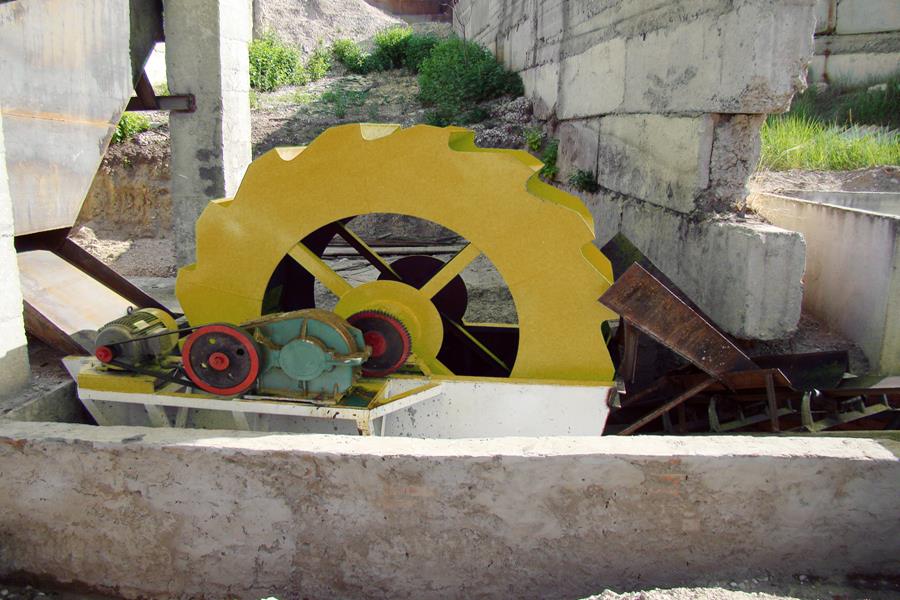
How to determine the structural parameters of the vibrating screen surface
The structural parameters of the vibrating screen surface can be determined from the following four aspects:
1. Length and width of screen surface
It is generally believed that the width of the screen surface directly affects the productivity, while the length of the screen surface directly affects the screening efficiency. The wide screen surface increases the effective area and improves the productivity; the long screen surface means that the material stays on the screen surface for a long time, so there are many chances of passing through the screen and the screening efficiency is high. But the longer the better, because the relationship between the screening efficiency and the time that the material experiences on the entire screen surface is complicated. The probability of passing through the screen is relatively high, and the probability of passing through the screen is relatively high. After a certain period of time, the particle size of the material remaining on the screen surface is mostly difficult to screen materials close to the size of the screen hole, even if the material stays on the screen surface for a long time ( That is, the length of the screen surface is very large), and it is difficult to increase the probability of material passing through the screen, resulting in a decrease in the working efficiency of the screen machine. In fact, the width of the screen surface has different effects on the screening efficiency and the length of the screen surface on the screening capacity. The matching of the two is also very important. Generally, the width-to-length ratio is 1:2~1:3.
2. Sieve hole shape
Although the shape of the sieve mainly depends on the particle size of the sieved product and the requirements for the use of the under-sieved product, it also has a certain impact on the sieving efficiency. Compared with sieve holes of other shapes, circular sieve holes have a smaller particle size of the undersize material passing through the sieve holes when the nominal size is the same. For example, the average maximum particle size of particles passing through a circular sieve hole 80% to 85% of the square sieve particles; while the rectangular sieve has a large effective area of the sieve surface, light weight of the sieve surface, and large production capacity. The material particle size of the square sieve.
Therefore, in order to obtain higher screening efficiency, different mesh shapes must be selected for different screening materials. For example, square sieve holes should be selected for processing block materials, and rectangular sieve holes should be selected for plate materials; square holes should be used for dry screening, and round holes should be used for wet screening. This can increase the processing capacity of the vibrating screen.
3. Sieve hole size and opening ratio of sieve surface
When the sieving material is certain, the size of the sieve hole has a great influence on the screening efficiency. The larger the sieve hole size, the stronger the sieving ability of the material particles, and the greater the processing capacity of the vibrating screen. Of course, the size of the sieve hole is mainly determined by the process requirements of the material to be screened. The opening ratio of the screen surface refers to the ratio of the opening area of the screen surface to the area of the screen surface (also known as the effective area coefficient). A high opening ratio increases the probability of material particles passing through the screen, and the processing capacity of the vibrating screen is high. On the contrary, the processing capacity of the vibrating screen is low. Therefore, in order to improve the screening efficiency, a screen surface with a large effective area coefficient should be selected.
4. The material of the screen surface
Non-metal sieve surface, such as rubber grading sieve surface, polyurethane woven grading sieve surface, polyurethane slit sieve surface, nylon sieve surface, etc., due to the characteristics of these non-metallic materials, secondary high High-frequency vibration makes it difficult to block holes, which is conducive to the through-screening of materials, and the processing efficiency of vibrating screens with metal screen surfaces is improved.
If you plan to invest in a crushing and milling production line, or need crushers, mills and other related equipment, please consult our website customer service, 24 hours online, providing free consulting services!









